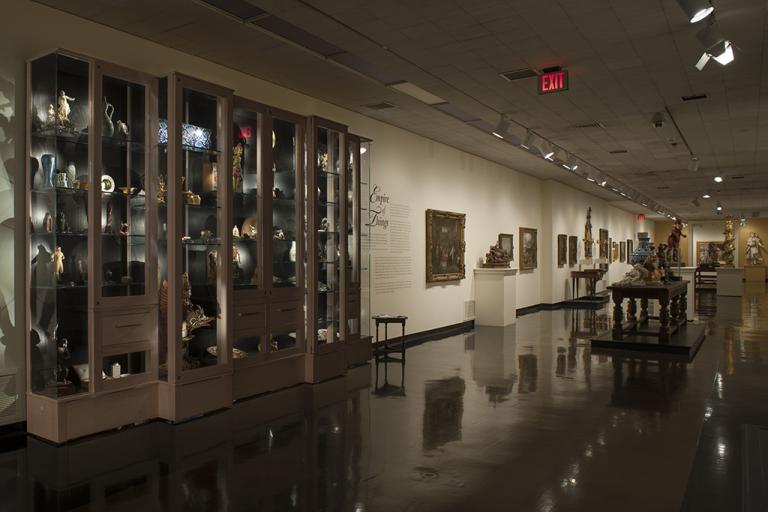Portrait of a Man, Dirck Santvoort
Artwork Overview
Dirck Santvoort, artist
1610–1680
Portrait of a Man,
1643
Where object was made: Amsterdam, Dutch Republic (present-day Netherlands)
Material/technique: oil; panel
Dimensions:
Image Dimensions Height/Width (Height x Width): 114.2 x 88.3 cm
Image Dimensions Height/Width (Height x Width): 44 15/16 x 34 3/4 in
Image Dimensions Height/Width (Height x Width): 114.2 x 88.3 cm
Image Dimensions Height/Width (Height x Width): 44 15/16 x 34 3/4 in
Credit line: Museum purchase: Helen Foresman Spencer Art Acquisition Fund
Accession number: 1995.0035
Not on display
If you wish to reproduce this image, please submit an image request





